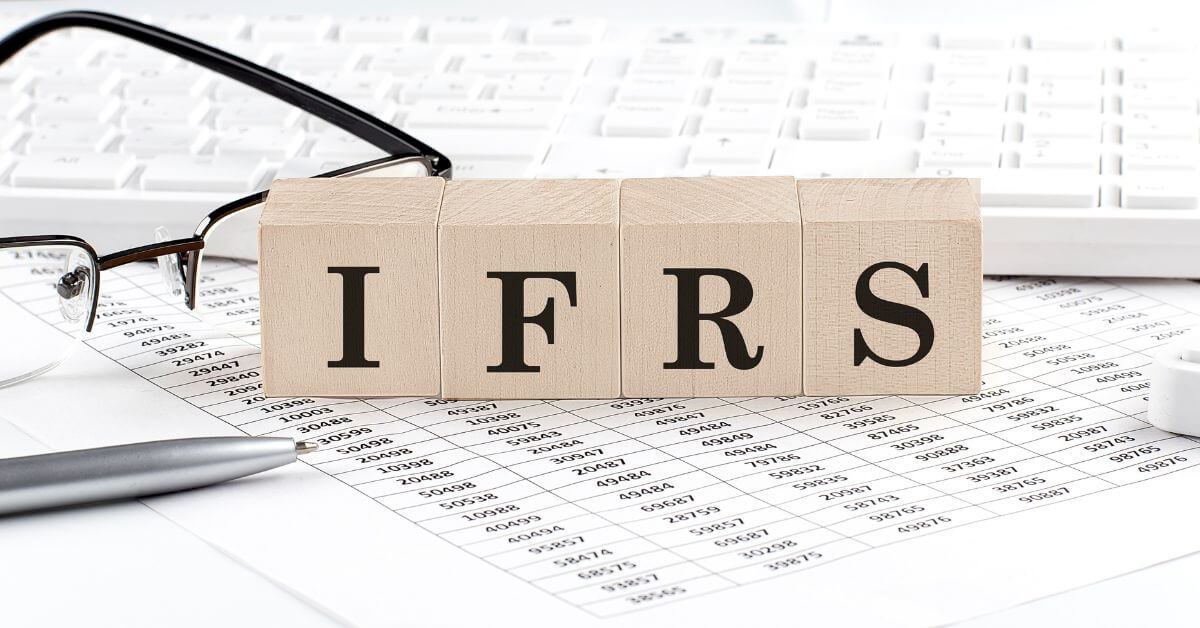
Different types of bond
Table of Contents Bond meaning Bond is a debt security in which the borrower issues bonds to raise money from

Non-Marketable Securities
A financial instrument known as security is any financial asset that can be traded. Securities are classified as marketable and non-marketable securities.

Understanding Return on Investment (ROI)
ROI is a key metric for measuring a company’s success. It indicates how much profit a company makes in relation

Financial Markets-Meaning, Types, and Functions
A financial market is a marketplace where financial securities are sell and purchase. In other words, the marketplace where buyers

Treasury Bills – Definition, Pros, and Cons
Issuing debt securities for investors to buy is one of the most efficient tools the government has at its disposal

What is a debt instrument?
A debt instrument is a tool used by a government, business, and individual entity to raise capital for long-term growth,

Secondary Market – Definition, Types, Importance
A business can raise capital on the capital market by issuing shares, bonds, debentures, and other financial instruments. While the secondary

Difference between Cost and Price
Cost and price have a distinct meanings in terms of accounting. Both terms are used in the context of sales, but

Depletion – Definition, Types, And Uses
Oil, natural gas, coal, and other types of natural resources are among those that are drilled for or harvested from

Dividend – Definition,Types, Importance, and Date...
The dividend is a part of the company’s financial plan/statement that is usually announced at the annual and quarter year. The main

Difference Between Cost and Expenses
Technically, cost and expense are the same meaning. However, they have distinct meanings when used in the context of business.

2/10 net 30 – Definition, Calculation, Pros and C...
2/10 net 30 is one of the most popular payment terms on the market today. It’s also a reliable way

Difference Between Shares and Debentures
After reading an article about methods of raising funds i.e debt and equity financing, john found two methods (shares and debentures)

Difference between capital reserve & revenue reserv...
Capital reserve and revenue reserve are two types of reserves that companies create. A capital reserve is the funds designated

Debt Financing and Equity Financing – Overview
John wants to start a new business. He needs $600,000 to convert his idea into a business. Unfortunately, he has

Difference Between IFRS and GAAP
The accounting information became less valuable and incomparable due to the many accounting policies and the accounting treatment of transactions

Modern Approach of Accounting- Classification of accoun...
There are two types of techniques for accounting for financial transactions. The Traditional Approach and the Modern Approach are two different approaches.

Traditional approach to accounting – Classificati...
Various approaches have been applied to financial accounts over time. Some of these approaches are traditional and modern approaches. The

Single-Entry System of Accounting
A single-entry system (also known as a cash basis accounting) involves recording transactions when the money is paid instead of when

Comparative Financial Statements
Comparative financial statements present financial information for two or more reporting periods. This can help analyze the company’s financial health

Double-Entry system of accounting
Two methods of accounting and bookkeeping are the single entry system and the Double entry system used by businesses to record their financial transaction.
